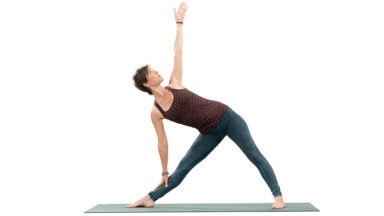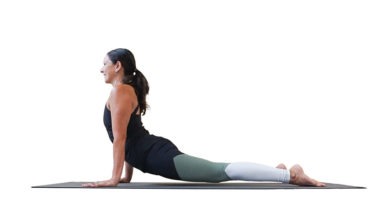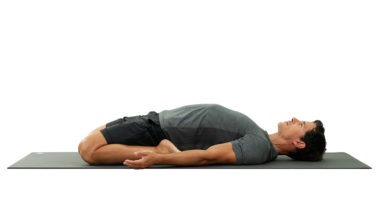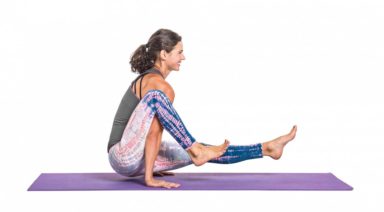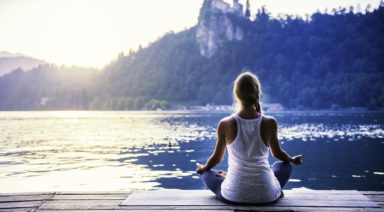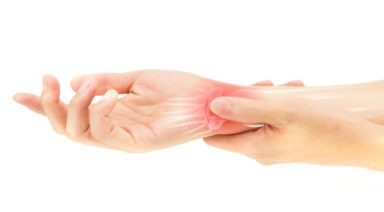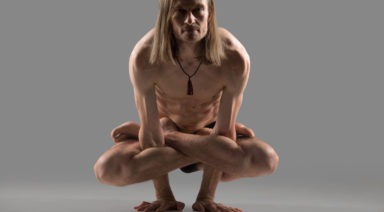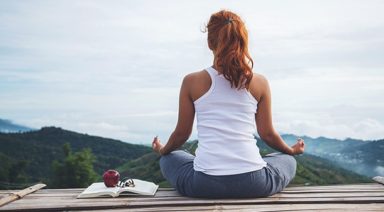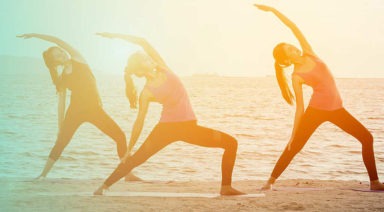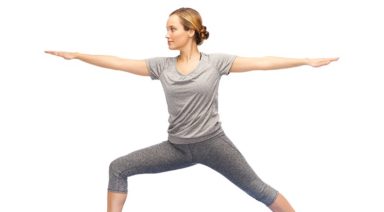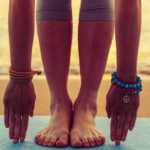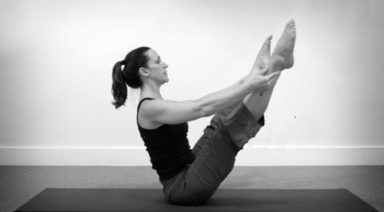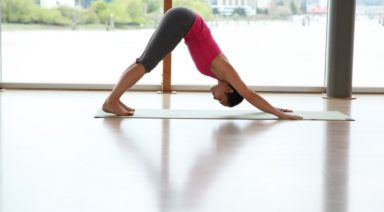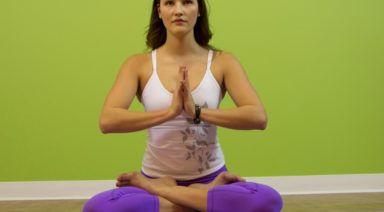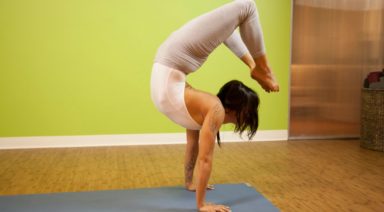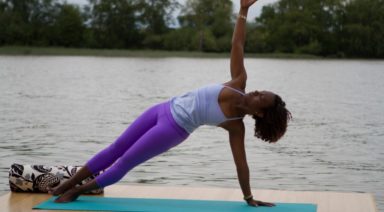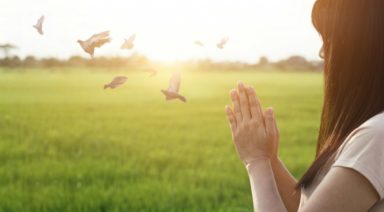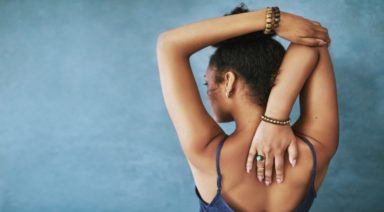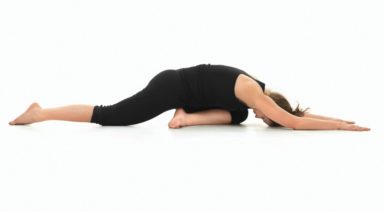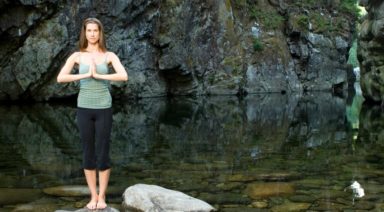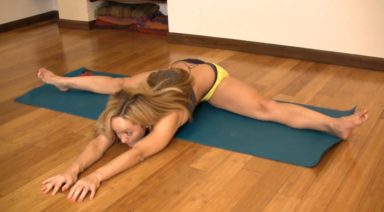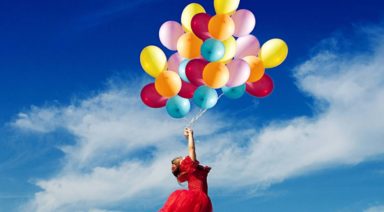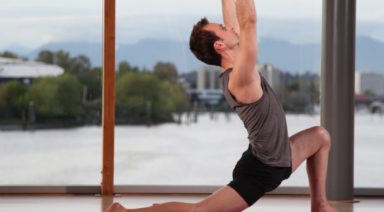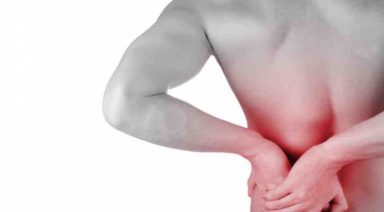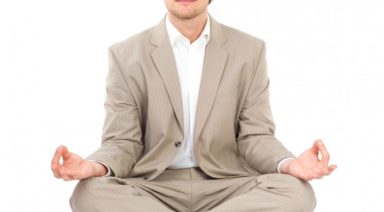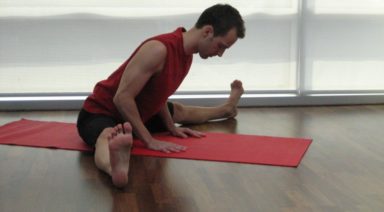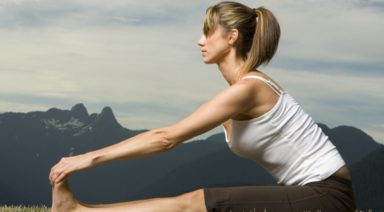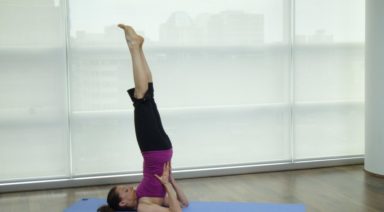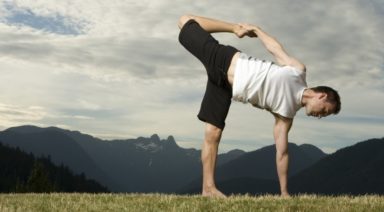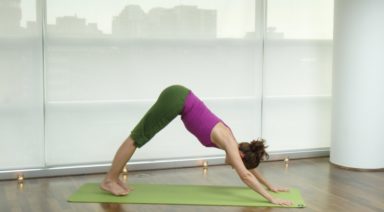Camatkarasana: Wild Thing Pose
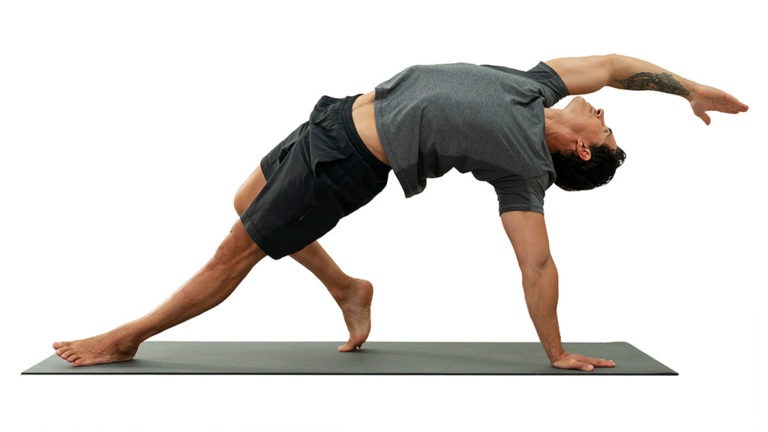
ADJUSTMENTS | BENEFITS | SEQUENCING | SANSKRIT | STEPS
Camatkarasana (kam-at-ka-RAS-uh-nah) is a joyful pose to open the chest and shoulders while improving balance.
Philosophy + Origin
One translations of camatkarasana is “the ecstatic unfolding of the enraptured heart.” This poetic image reflects the joy many experience when practicing this pose. Because of its ability to stimulate anahata (heart chakra), practicing this pose is said to bring feelings of love, peace, acceptance, and confidence. By leading with our hearts, we live fearlessly and without restraint.
ADJUSTMENTS/MODIFICATIONS:
- Practice downward facing dog with one leg lifted and the knee bent to open the hip. This can help the body get familiar with the shift in weight in preparation for the eventual flip to wild thing.
- Hand gestures: place your hand over your heart or extend your arm over your head with your hand in gyan mudra.
- Option to enter wild thing from side plank rather than down dog: bring your top leg behind you and then push into your bottom hand and arch the back. Once you’ve found the basic shape, the actions described below will be the same whether you enter from down dog or side plank.
STEP-BY-STEP:
- Begin in downward facing dog. Lift your right leg up and bend your knee, working toward stacking right hip over your left. Keep your core engaged.
- Shift your weight into your left hand.
- Roll to the pinky toe side of your grounded (left) leg.
- At the same time:
- Gently lower your right foot toward the ground behind you.
- Slowly lift your right hand off the ground and bring it to your heart center (middle of the chest).
- When the ball mound of your right foot connects to the ground, press down to lift your hips and chest toward the ceiling. The right knee stays bent while the left leg is extended.
- Press down into the knuckles of your grounded hand and draw your shoulder blades toward each other and away from your ears.
- Option to take your gaze in the opposite direction of your extended leg.
- To release, option to lower hips to the ground or unwind back to downward facing dog. Pause for a few breaths then repeat on the other side.
PREPARATORY POSES:
- Upward facing dog | Urdhva mukha svanasana
- Floor bow pose | Dhanurasana
- Side plank | Vasisthasana
SEQUENTIAL POSES:
- Camel | Ustrasana
- Upward facing bow pose | Urdhva dhanurasana
COUNTER POSES:
- Downward facing dog | Adho mukha svanasana
- Childs pose | Balasana
SANSKRIT:
- Camatkara = surprise, miracle
- Asana = pose
PHYSICAL BENEFITS:
- Stretches chest, shoulders and throat.
- Opens the hips and hip flexors.
- Stretches and strengthens the back.
ENERGETIC BENEFITS:
- Energizes body and mind.
- Opens and stimulates the heart center (anahata).
- Cultivates feelings of universal love and acceptance.
Legal Disclaimer Before participating in any exercise program or using any fitness products or services that may be described and/or made accessible in or through the Gaia Website and/or the Services, you should consult with a physician or other healthcare provider. Read more about Gaia’s Terms Of Use.
Utthita Trikonasana: Triangle Pose

ADJUSTMENTS | BENEFITS | SEQUENCING | SANSKRIT | STEPS
A classic standing posture in many yoga lineages utthita trikonasana (oo-TEE-tah trik-cone-AHS-uh-nah), strengthens and stretches the entire body. Approaching the pose with knowledge of intelligent modifications will help you enjoy the posture and all it has to offer.
Philosophy + Origin
In hatha yoga, where the intent is to unite opposing forces – sun with moon, masculine with feminine, light with dark – this pose offers an opportunity to embody this philosophy when you focus on finding stability while you expand. When you look at the physical shape of the posture, you also see the triangles being formed. And, when you look a little closer, you find several triangles hidden in the shape of the body – the two legs with the floor, floating under the side body, and between the front foot and the front hand.



